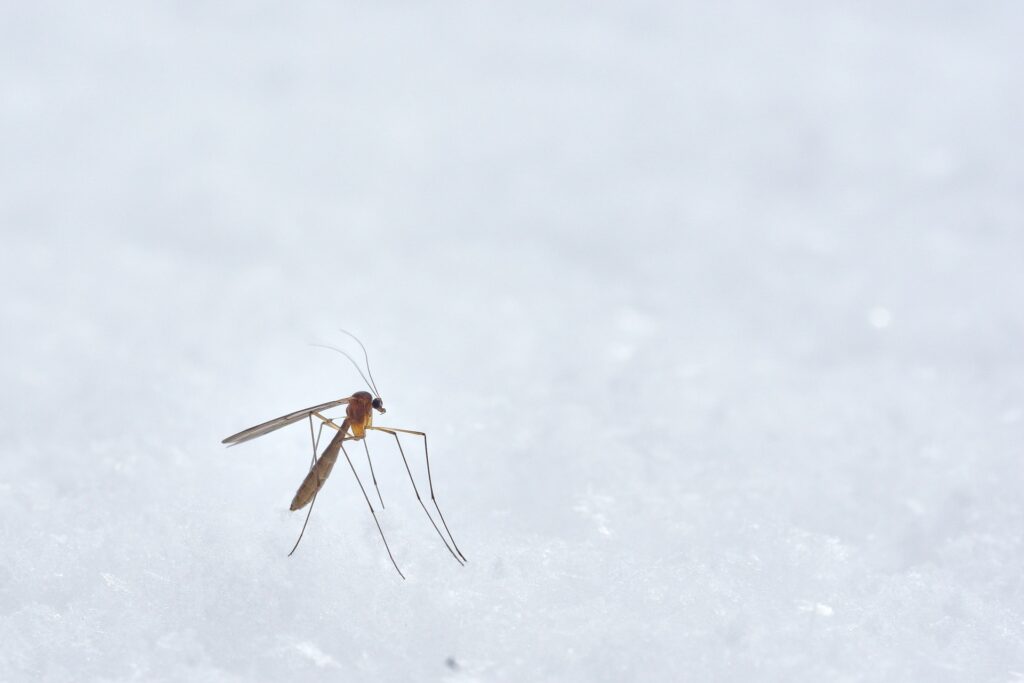When we take food rich in purines, a natural substance in certain food such as bacon, codfish and alcohol etc (see below), our body breaks it down and turns it into uric acid. Normally, uric acid passes through our kidneys and into our urine. But sometimes our body either produces too much uric acid or our kidneys excrete too little uric acid. When this happens, uric acid can build up, forming crystals in a joint which is what we call a gout attack.
Sign and symptoms of a gout attack
Sudden, severe attacks of pain, redness and tenderness in one or more joints. It often involve the joint at the base of the big toe but can involve other joints such as the foot, ankles, knees, shoulders and fingers.
Risk factors
- Diet. Eating a diet that’s high in purine which is converted into uric acid, thus causing gout.
- Obesity. Our body produces more uric acid and our kidneys have a more difficult time eliminating uric acid when we are overweight, which increases risk of gout.
- Medical conditions. Un-treated high blood pressure and chronic conditions such as diabetes, metabolic syndrome, and heart and kidney diseases increase gout risk.
- Certain medications such as thiazide diuretics, commonly used to treat hypertension increases risk of gout.
- Family history of gout.
- Gender. Gout is more often in men
Complication
If left untreated or frequent flare up, one may develop:
- Recurrent gout.
- Advanced gout. Untreated gout may cause deposits of urate crystals to form under the skin in nodules called tophi on the joints. It is usually not painful, but they can become swollen and tender during gout attacks.
- Kidney stones. Urate crystals may collect in the urinary tract causing kidney stones.
Treatment
During acute attack most patients would require strong pain killer. It is common to be needing a combination of few painkiller such as NSIADS (ibuprofen, naproxen), colchicine and prednisolone (steroid) during gout attack.
Prevention
Your doctor would usually ask you to:
- Limiting alcoholic beverages and drinks sweetened with fruit sugar (fructose). Instead, drink plenty of nonalcoholic beverages, especially water.
- Limit intake of foods high in purines, such as red meat, organ meats and seafood. (see slide below)
- Exercising regularly and losing weight. Keeping your body at a healthy weight reduces your risk of gout.
The Purine Content of Foods and Beverages
|
High (Best to Avoid) |
Liver, kidney, anchovies, sardines, herring, mussels, bacon, codfish, scallops, trout, haddock, veal, venison, turkey, alcoholic beverages
|
|
Moderate (May eat occasionally) |
Beef, bouillon, chicken, crab, duck, ham, lobster, oysters, pork, shrimp
|
|
Low (no limitation) |
Fruits, breads, grains, macaroni, cheese, eggs, milk products, sugar, tomatoes and green vegetables. |
If the above fail and gout attack is more than twice a year, one might need to consider a regular medication to lower the uric acid in our blood. This is to prevent complication. Medication include allopurinol, febuxostat, probenecid and colchicine (yes colchicine can be used as prevention as well as acute treatment). However, your doctor will discuss with you the pro and cons of taking such medication. Once started on these medications, you would be advised to continue for few months to few years before stopping.
Please see your GP or family doctors for more information on gout.
(Dr Lee Chong Han)



